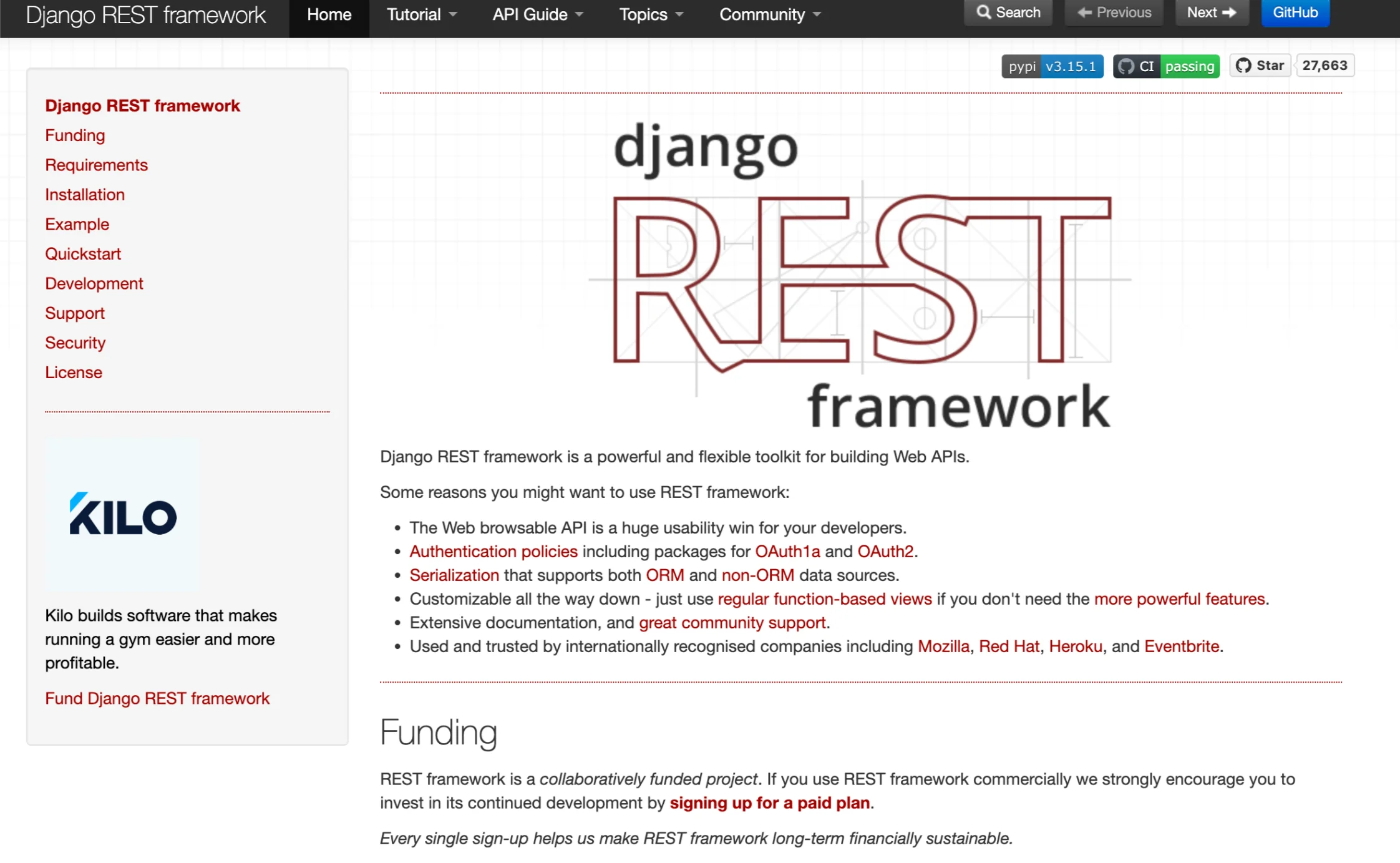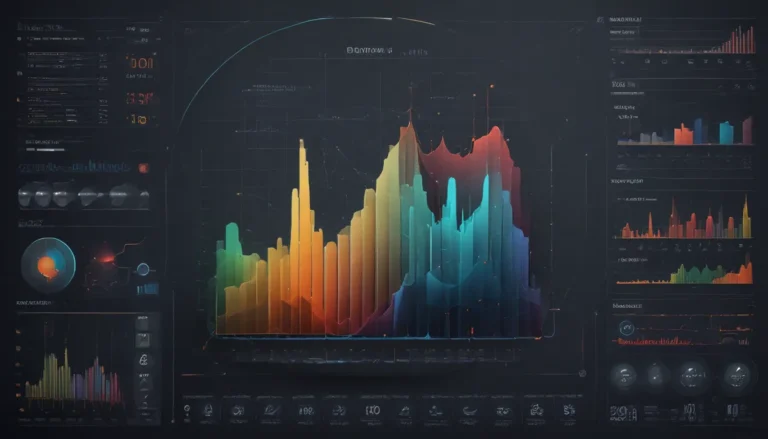A Note About Images: The images used in our articles are for illustration purposes only and may not exactly match the content. They are meant to engage readers, but the text should be relied upon for accurate information.
Are you curious about Django Rest Framework (DRF) 1 and its impact on web development? Look no further! In this article, we’ll explore 7 intriguing facts about this powerful toolkit, uncovering its capabilities, benefits, and role in modern web APIs. Whether you’re a seasoned developer or just stepping into the world of web APIs, these insights are sure to deepen your understanding of DRF. Let’s embark on a journey to unravel the wonders of Django Rest Framework and how it has revolutionized web development.
Django-Rest-Framework: Your Go-To Choice for Web APIs
Django-Rest-Framework, commonly known as DRF, is a versatile toolkit designed for building Web APIs in Django, a popular Python web framework. This feature-rich toolkit simplifies the process of creating web APIs with its set of tools and functionalities, making it a preferred choice among developers.
Key Takeaways:
- Django-Rest-Framework is a free and powerful toolkit for building Web APIs in Django, offering features like authentication, serialization, and pagination.
- It provides a user-friendly interface, extensive documentation, and strong community support, making it a versatile and customizable choice for API development.
Unveiling the Marvels of Django-Rest-Framework
Let’s dive into the fascinating features that make Django Rest Framework a standout choice for API development:
1. Open-Source and Free to Use
DRF is open-source and free to use, making it accessible and cost-effective for developers. This means you can leverage its robust capabilities without incurring any expenses, making it an attractive solution for API development.
2. Browsable Web API
With DRF, developers have access to a browsable web API that simplifies the process of API development and testing. This feature allows you to interact with the API and make requests directly from the browser, providing a seamless experience in exploring and utilizing the API’s functionalities.
3. Support for Authentication and Authorization
Security is paramount in API development, and DRF excels in providing robust support for authentication and authorization mechanisms. With built-in support for authentication methods such as OAuth and Token Authentication, developers can secure their APIs effectively.
4. Serialization for Data Handling
Django-Rest-Framework offers powerful serialization capabilities, allowing developers to convert complex data types into native Python data types. This feature enables easy rendering of data into JSON or other content types, simplifying the handling of data in APIs.
5. Built-In Support for Pagination
Handling large volumes of data is made easy with DRF’s built-in support for pagination. Developers can paginate and navigate through large datasets effortlessly, enhancing the performance and usability of their APIs.
6. Extensive Documentation and Community Support
DRF provides comprehensive documentation that offers guidance on utilizing the toolkit’s features effectively. Additionally, the vibrant community surrounding Django-Rest-Framework provides ample opportunities for support, collaboration, and knowledge sharing.
7. Highly Customizable and Extensible
Django-Rest-Framework is designed to be highly customizable and extensible, allowing developers to tailor the toolkit to meet their project requirements. This flexibility empowers developers to create APIs that align closely with their application’s needs, making DRF a versatile and adaptable choice for API development.
In Conclusion
In conclusion, Django Rest Framework stands out as a powerful and versatile toolkit for building robust and scalable APIs. Its user-friendly interface, extensive features, and strong community support make it a top choice for developers. By leveraging the capabilities of Django Rest Framework, developers can streamline the API development process, ensure security, and maintain flexibility. From serialization to authentication, DRF offers a comprehensive set of tools that cater to the diverse needs of API development, empowering developers to create efficient and secure APIs effortlessly.
FAQs
What are the key features of Django Rest Framework?
Django Rest Framework offers powerful serialization, authentication mechanisms, flexible permissions, and robust request handling, enabling developers to build secure and efficient APIs with ease.
How does Django Rest Framework enhance API development?
Django Rest Framework simplifies API development by providing a set of tools and libraries for handling common tasks such as serialization, authentication, and request processing. This streamlines the development process, allowing developers to focus on building high-quality APIs.
Your Feedback Matters
We are committed to providing trustworthy and engaging content to our readers. Each fact shared on our site is contributed by real users like you, ensuring a diverse range of insights and information. Our dedicated editors diligently review each submission to maintain the highest standards of accuracy and reliability. Trust in our commitment to quality and authenticity as you explore and learn with us.






